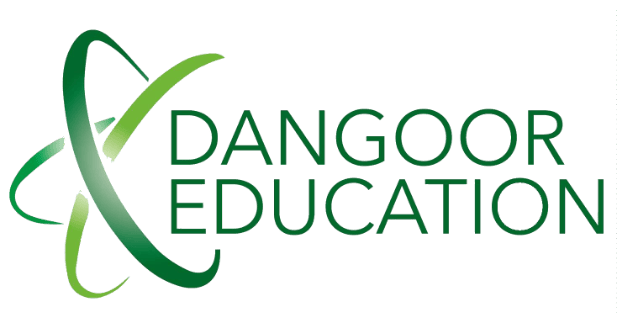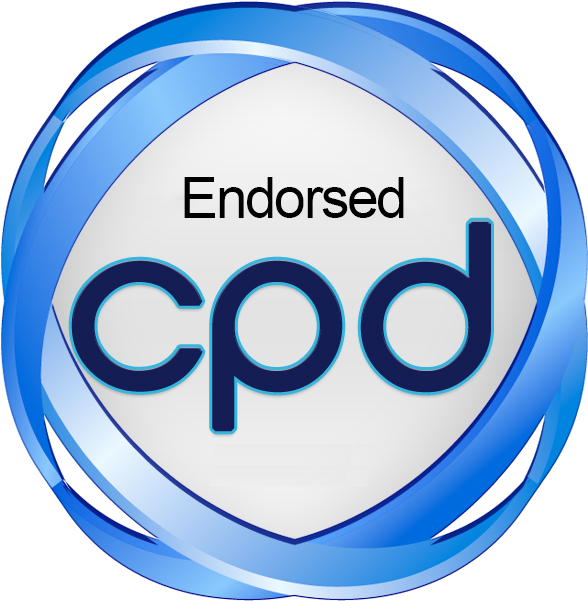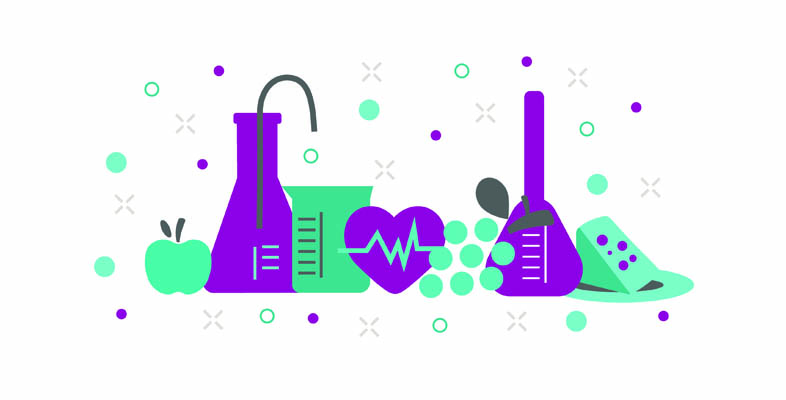Home » Course Layouts » Free Course Layout Udemy
Are we really what we eat? How do we know what is in our food? Does it need to be difficult to follow a healthy eating pattern?
0
59
English
English [CC]
- Learn basic syntax that can apply to any language.
- Learn what is a programming language and the basic concepts for beginners.
- Understand what is Javascript in it's truest form.
- Know the basic syntax of Javascript.
- Know some hidden quirks in Javascript.
Description
This course, The science of nutrition and healthy eating, will help you to answer these questions.
You'll look at the science behind nutrition, covering aspects of biology, chemistry and physics as well as gaining insight into healthier eating. Reading food labels, choosing healthier foods, hydrating appropriately and understanding how we taste food will allow you to be more informed about the choices you make for the food you eat. You'll also investigate how information about healthy eating differs around the world.
The biology part of the course will focus on the digestive system and how the body uses the elements in our food to function. It is important to understand the macro and micro nutrients in the foods we eat and how our bodies use them. Some people follow food restriction due to choice or religious observation. Malnutrition is not just a concern for developing countries – it can mean over nutrition as well as under nutrition. Sometimes certain components of food can be an enemy rather than beneficial, so special diets have to be followed.
When you've finished the course, you may even wish to consider what you eat at the moment and what changes you will make as a result of what you have learned!
This OpenLearn science course was produced with the kind support of Dangoor Education, the educational arm of The Exilarch's Foundation.

Enrolling on the course will give you the opportunity to earn an Open University digital badge. Badges are not accredited by The Open University but they're a great way to demonstrate your interest in the subject and commitment to your career, and to provide evidence of continuing professional development.
Once you are signed in, you can manage your digital badges online from My OpenLearn. In addition, you can download and print your OpenLearn statement of participation - which also displays your Open University badge.
The Open University would really appreciate a few minutes of your time to tell us about yourself and your expectations for the course before you begin, in our optional start-of-course survey . Once you complete the course we would also value your feedback and suggestions for future improvement, in our optional end-of-course survey . Participation will be completely confidential and we will not pass on your details to others.

This course is endorsed by the CPD Standards Office . It can be used to provide evidence of continuing professional development but is not accredited learning. We are unable to provide formal learner verification services for participation in our open online courses, which are provided freely by The Open University as self-directed CPD.
Anyone wishing to provide evidence of their enrolment on this course is able to do so by sharing their Activity Record on their OpenLearn Profile, which is available before completion of the course and earning of the Statement of Participation.
Earn this free Open University digital badge if you complete this course! The badge can be displayed, shared and downloaded as a marker of your achievement. The badge is awarded for completing the course and passing the quizzes.
Course learning outcomes
After studying this course, you should be able to:
- Demonstrate and understand how food is processed and then used in the body
- Apply knowledge to understand healthy eating advice and identify how it varies in different countries
- Make sense of food labels and perform basic calculations of energy in food
- Describe and know about food allergies and intolerances
- Describe and understand possible reasons for the current obesity epidemic.
Course content
- Introduction and guidance 00:15:00
- What is a badged course? 00:15:00
- How to get a badge 00:10:00
-
- Introduction 00:15:00
-
- Why do we eat? 00:05:00
- What are the reasons for eating? 00:15:00
- Ghrelin 00:15:00
- The components of food 00:10:00
- Protein 00:15:00
- Protein sequencing 00:10:00
- Phenylketonuria 00:10:00
- Protein in foods 00:10:00
- Carbohydrates 00:15:00
- Sugars 00:15:00
- Salt makes food taste good 00:15:00
- Vitamins and minerals 00:10:00
- Introduction 00:10:00
- A window into the stomach 00:15:00
- The pH scale 00:10:00
- Measuring pH 00:10:00
- Why is the stomach so acidic? 00:10:00
- Enzymes 00:10:00
- Enzymes in washing powder 00:05:00
- Digestion inside and outside the body 00:10:00
- Do the liver experiment 00:15:00
- Digestive enzymes 00:15:00
- Introduction 00:10:00
- What is hydration? 00:10:00
- Why you need to drink 00:15:00
- How much should you drink? 00:10:00
- What should you drink? 00:15:00
- Caffeine intake 00:10:00
- Effects of dehydration 00:15:00
- Physical activity and fluid intake 00:10:00
- Introduction 00:15:00
- Chemical analysis 00:10:00
- Using the laboratory data 00:15:00
- Presenting the data on the packaging 00:10:00
- Allergens 00:20:00
- Food additives 00:15:00
- Traffic-light system 00:15:00
- Eating like a horse! 00:10:00
- Packaging claims – to confuse the unwary shopper 00:15:00
- Do you look at food labels differently now? 00:05:00
- Summary 00:15:00
- How much energy is in food? 00:15:00
- How do we find out the energy in food? 00:15:00
- How many kilocalories in a peanut? 00:15:00
- Some numbers 00:10:00
- Scientific uncertainty 00:05:00
- Calories and joules 00:10:00
- Sweeteners 00:10:00
- How safe are sweeteners? 00:15:00
- Summary 00:10:00
- The Eatwell Guide 00:10:00
- Dietary advice from around the world 00:10:00
- Five a day – or more? 00:10:00
- Seven a day 00:10:00
- What about ten a day? 00:10:00
- Healthy snacks 00:10:00
- Vegetarian and vegan diets 00:10:00
- Food in the Second World War and food banks now 00:05:00
- Food in the Second World War 00:10:00
- Food banks 00:10:00
- Summary 00:10:00
- Food allergy 00:15:00
- Symptoms of a food allergy 00:10:00
- Top 14 food allergens in the UK 00:05:00
- Anaphylaxis 00:15:00
- The science bit 00:10:00
- Nut allergy 00:10:00
- Irritable bowel syndrome (IBS) 00:10:00
- Healthy eating and lifestyle with IBS 00:10:00
- The low FODMAP approach 00:10:00
- Prebiotics and probiotics for good gut bacteria 00:15:00
- Coeliac disease 00:15:00
- Summary 00:10:00
- How we taste food 00:10:00
- The science bit 00:10:00
- Your food diary 00:10:00
- Summary 00:10:00
- This week’s quiz 00:10:00
- End-of-course round up 00:10:00
- Tell us what you think 00:05:00
- Where next? 00:10:00
N.A
- 5 stars0
- 4 stars0
- 3 stars0
- 2 stars0
- 1 stars0
No Reviews found for this course.












